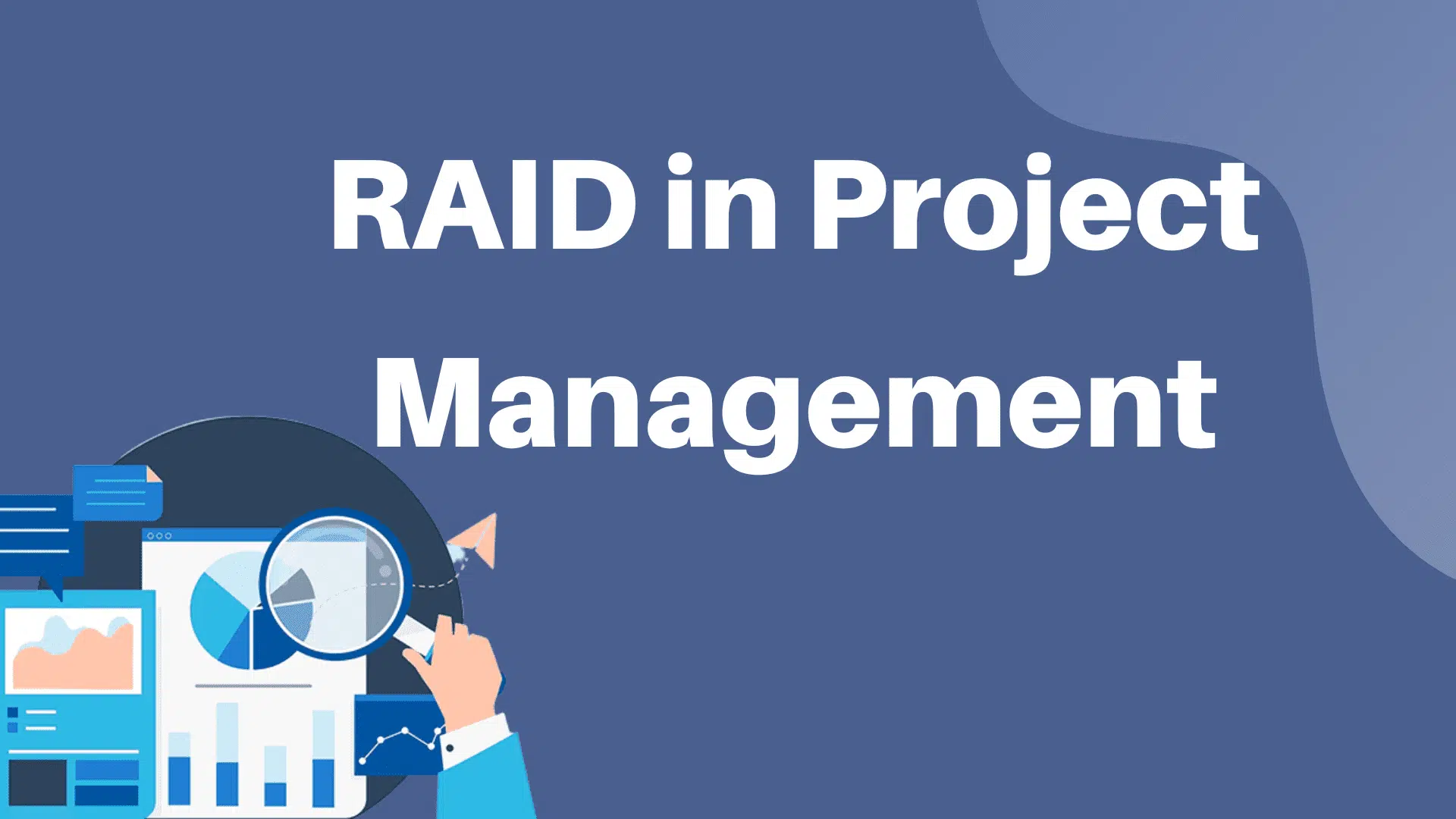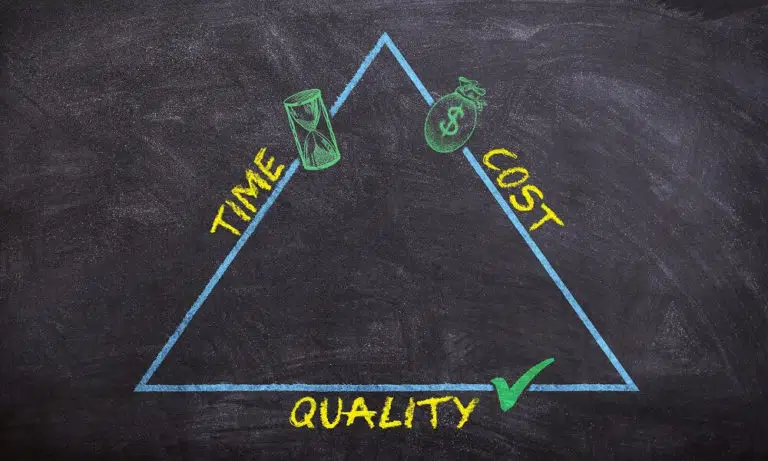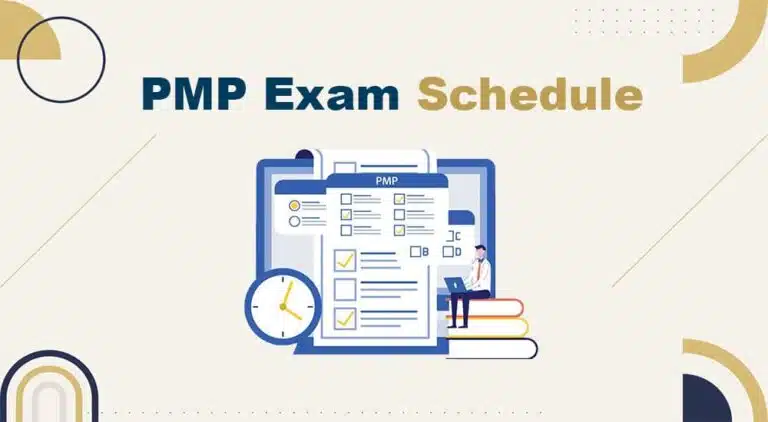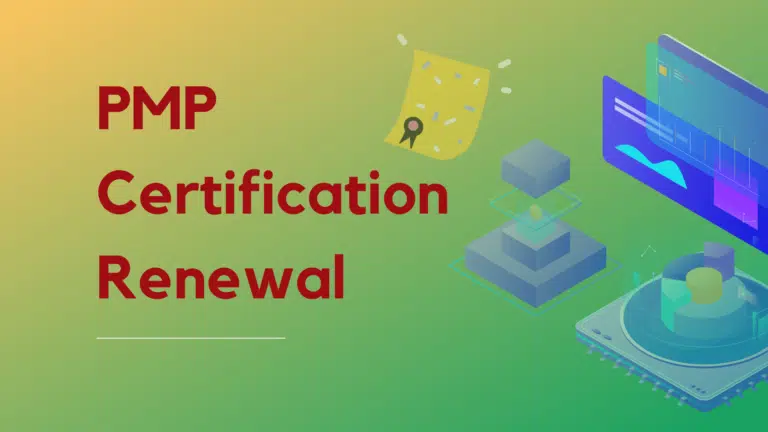A project environment is dynamic and involves a lot of uncertainties. To successfully complete a project, a project manager must proactively manage risks, uncertainties, assumptions, issues, dependencies, etc.
In such situations, RAID analysis is a helpful tool in project management that allows project managers to achieve project success with minimal obstruction.
The project management team can anticipate events and proactively develop management plans with RAID analysis.
Today’s blog post will discuss RAID in project management in detail.
RAID in Project Management
RAID stands for Risks, Assumptions, Issues, and Dependencies.
During RAID analysis in project management, the team thoroughly reviews these four parameters and develops strategies to improve the project performance.
Now, we will discuss each RAID element in detail.
Risks
Risks are unplanned events that can affect one or more project objectives if they occur.
Risks can be positive or negative. A negative risk affects the project negatively, and positive risks bring opportunities.
During RAID analysis, the project management team identifies and develops plans to manage project risks.
For negative risks, the strategies will aim to avoid risks or reduce their impact or probability. For positive risks, you will try to increase the chance of happening them. You will try to realize or exploit those risks.
Assumptions
An assumption is something you believe to be true during the project lifecycle without any concrete evidence or proof. For example, you may assume that the weather will be good during the project’s peak or that you will get all project approvals on time.
When discussing assumptions, we must also discuss constraints—even though they are not part of RAID analysis.
Constraints are limitations imposed on project objectives. While developing project plans, the project team must consider these constraints (e.g., the project budget, schedule, milestone, or approval requirements).
In some organizations, “A” stands for “Action.” Actions are tasks or activities that project team members complete to deliver the project output. The project manager and team develop the project schedule, timeline, and milestones and assign actions to team members.
Issues
An issue is an obstacle that has occurred or is happening now and can prevent the project from achieving its objectives.
A few examples of issues are:
- A conflict between stakeholders
- An inability to meet deadlines or milestones
- Poor project planning and execution
- A lack of coordination between different departments or teams.
You deal with issues as they occur, and at the same time, you find the root cause of them and take necessary corrective and preventive actions.
Dependencies
All project management tasks and activities are interconnected with each other.
For example, a task can only start when the previous activity ends.
Project-management dependencies can be one of four types:
- Finish to Start: The next activity starts when the preceding activity ends.
- Finish to Finish: The next activity finishes when the preceding activity finishes.
- Start to Finish: The next activity finishes when the preceding activity starts.
- Start to Start: The next activity starts when the preceding activity starts.
The project management team must identify these dependencies before developing the project plan. These activities help develop the project network diagram, identify critical paths, and develop the project schedule.
In many situations, “D” stands for “Decisions.” Decisions are choices that the project managers make which offer the best results and align with the project’s objectives. The project manager should explain the reason behind the decision and its expected outcome.
Importance of RAID Analysis
RAID analysis is vital in project management as it deals with factors that affect the project negatively and adversely impact the project objectives.
During RAID analysis, the project-management team develops RAID logs (e.g., a risk register, assumption log, and issue log). These project-management documents help stakeholders track and control negative events and deal with them proactively.
RAID analysis helps develop a sound project management plan, providing you with in-depth knowledge about your project, and stakeholders will understand your tough decisions. It builds a collaborative environment, reduces project conflicts, and motivates team members to perform better.
Creating RAID Documents
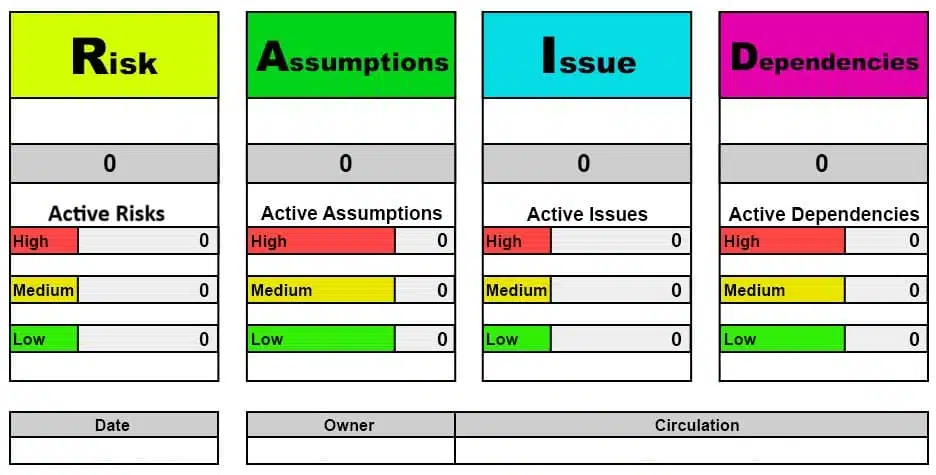
For smaller projects, project managers can create a combined document for RAID analysis; however, for larger projects, separate logs for risks, assumptions, issues, and dependencies will be more useful.
Note: These project-management documents are dynamic; as such, they are updated throughout the project lifecycle so stakeholders can see the issues and the project status in real time.
Advantages of RAID Analysis
A few advantages of RAID analysis are as follows:
Quick Cataloging
RAID log provides a central repository for project risks, issues, assumptions, and dependency. When any risk occurs or an assumption turns out to be false, project managers can refer to this log for further information.
RAID log informs project team members of any potential risks or critical dependencies that affect the project in the future. This information helps develop risk response plans.
Risk Management
“R” is the first term in the RAID for Risks.” The project team identifies risks, analyzes them, and develops risk response plans. Once these are done, they will mention these plans in the risk register, a key document in project management.
Sound risk management helps the project manager complete the project with minimal obstructions and achieve project goals. Proactive risk management increases the chance of project success, boosts the team’s morale, and helps deliver high-quality products.
Better Communication
With all the critical information about the project, project team members can understand the project component well and communicate with stakeholders. Information on the RAID log is always updated and current.
Stakeholders will know the project status, expectations, and the reasons behind the decisions. It is a great tool for project managers to communicate project status to key stakeholders.
Disadvantages of RAID Analysis
Requires Continuous Updates
RAID logs are dynamic documents that require an update every time a risk occurs, a new risk is identified, issues are solved, any assumption turns true or false, there is a change in dependency, etc. Updating and keeping track of every change takes time and resources.
If the log is not updated regularly, it will become obsolete and serve no purpose. It may also harm the project by providing outdated information.
Abundance of Information
RAID logs are collections of several logs updated continuously until the project ends. If the old information is not organized well, it will create chaos. Stakeholders will see a lot of information, and finding what they are looking for might be difficult.
Additionally, adding every little piece of information to these logs is not advisable, as it wastes time and increases their size, and therefore, team members will need to spend more time searching for the right information. Before creating a RAID log, ensure a common understanding of what should be logged and the level of detail required.
Summary
In project management, RAID is a key tool for project managers. Using RAID, project managers can prepare their teams to manage obstructions and complete the project with the least hassle.

I am Mohammad Fahad Usmani, B.E. PMP, PMI-RMP. I have been blogging on project management topics since 2011. To date, thousands of professionals have passed the PMP exam using my resources.

